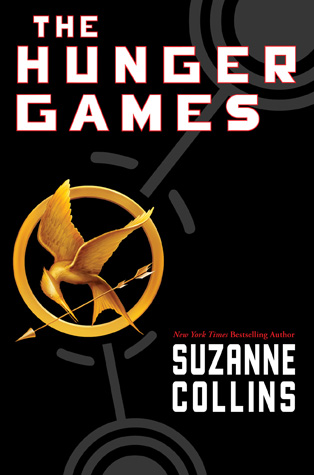Introduction to The Hunger Games
“The Hunger Games” is a 2008 dystopian novel by American writer Suzanne Collins. It is a captivating and thought-provoking novel written in the voice of 16-year-old Katniss Everdeen, who resides in the future, post-apocalyptic nation of Panem located in North America. The author skillfully weaves a tale of survival, honor, and rebellion, making it a must-read for fans of dystopian literature.
Setting and Plot
The Nation of Panem
The novel is set in Panem, a future America transformed into a totalitarian state with a central Capitol that wields power over twelve surrounding districts. This highly advanced metropolis exercises political control through fear and manipulation, maintaining its supremacy by annually hosting The Hunger Games – a gruesome event designed to remind the districts of their powerlessness.
The Hunger Games Concept
Each year, one boy and one girl aged 12–18 from each district are selected by lottery to participate in these televised games. The participants, known as tributes, must battle each other in a deadly arena, with only one victor emerging alive. The story takes its readers on an emotional roller-coaster, exploring themes of sacrifice, loyalty, and the human spirit’s resilience against oppression.
Character Development
Katniss Everdeen: The Protagonist
Katniss Everdeen, the narrator and protagonist, is a fierce and resourceful 16-year-old girl who provides for her family by hunting and gathering. Her life takes a drastic turn when her younger sister, Prim, is selected to participate in the games. Driven by love and a protective instinct, Katniss volunteers to take her sister’s place, setting the stage for her heroic journey.
The Secondary Characters
The novel also delves into the lives of other significant characters like Peeta Mellark, the male tribute from Katniss’s district, and Gale Hawthorne, her best friend and hunting partner. The dynamics between these characters add depth and complexity to the story as they navigate their relationships amidst the chaos of the games.
Themes and Inspirations
Influences from Classic Works
Collins draws inspiration from classic dystopian works like George Orwell’s “1984” and Stephen King’s “The Long Walk,” yet she manages to present a narrative that feels incredibly original. The Hunger Games is akin to a modern-day retelling of these tales, infused with elements of reality TV, suspense, and scripted realism.
The Socio-Political Commentary
Beneath the gripping plot lies a sharp critique of societal norms and government control. The novel explores the consequences of a dictatorial regime that uses entertainment as a means of oppression, urging readers to reflect on the impact of media and power in our own lives.
The Intensity of The Games
The Build-Up to the Games
Admittedly, the initial chapters of The Hunger Games might come across as slow-paced. However, as the games commence, the narrative gains momentum, pulling readers into the heart-pounding action. This section of the book is where Collins truly shines, as she crafts intense and suspenseful scenes that captivate the audience.
The Survival Instinct
Throughout the games, Katniss and the other tributes face overwhelming odds. They must forge alliances, endure starvation, and confront terrifying mutant creatures, all while grappling with the realization that only one of them will survive. Collins meticulously constructs these scenarios, ensuring that readers are emotionally invested in the outcome.
Conclusion
“The Hunger Games” is a powerful and exciting novel that will keep readers engrossed until the very last page. It challenges the audience to ponder deep moral and ethical questions, making it a remarkable addition to any literary collection. The journey doesn’t end here, as the sequel “Catching Fire” promises even more thrilling developments and escalating stakes for Katniss Everdeen and the world of Panem.





